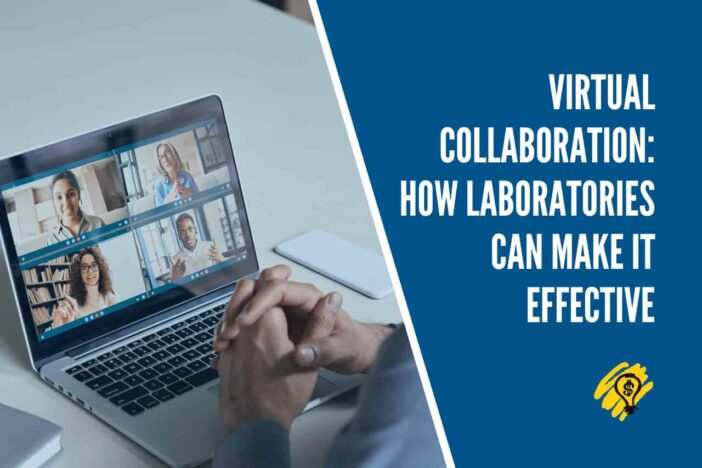Virtual collaboration makes it possible for the members of any team to share information and work on projects even when they’re not in the same location. To simulate face-to-face interactions, they have to make the most of technology and virtual collaboration tools such as instant messaging, email, and video conferencing.
Different industries have adopted virtual collaboration, including laboratories. The challenge is how to ensure that collaboration among scientists and other professionals is as robust and effective as in a conventional setting. This article discusses this concern, so read on.
Consider doing the following:
Hold Regular Meetings
Meetings should be an integral part of your laboratory’s operations. Use these meetings to update all parties involved on the progress of your current projects. This ensures that key people will always be on the same page, avoiding errors and misunderstandings in the research or tests being conducted. Scientists can also confer with each other on the optimal use of laboratory equipment and systems such as those produced by KNF.
If you’re a laboratory engaged in manufacturing a medical device, you have to contend with various steps involved in the production process. Each step of the manufacturing process requires different attention, which determines how often you should hold meetings. The design stage is crucial since it determines if the end product is safe and suitable for its intended use. And there will be a series of revisions and adjustments in the design until all parties agree.
Here, consider holding meetings twice a week, preferably one at the beginning of the week and the other at the end. This ensures that relevant design inputs are incorporated into the design in the early stages to avoid project completion delays.
On the other hand, the production process begins once the final design is approved. Not much is needed in this phase, and you can reduce your meetings to once every two weeks or monthly.
Share Documents
As a laboratory, you handle a significant amount of data and information, which differs from project to project. For effective virtual collaboration, authorized team members should be able to access pertinent data. They may need to interpret, analyze, or verify such data to aid their research.
Therefore, ensure proper data management using reliable methods to store and retrieve data. Consider adopting tools that enable safe and convenient document sharing to save money and time. It’d be too tedious and time-consuming to email the necessary documents to the team members.
For this purpose, a cloud-based solution seems the ideal option. The cloud can store all documents on your projects, no matter how many. However, rely on reputable cloud storage services, so you can readily retrieve your documents as the need arises or many years down the line. Also, this will allow you to have a centralized storage location, minimizing data loss and avoiding the inconvenience of storing data on different platforms.
Assign Roles And Responsibilities
When tasks aren’t defined, a virtual team won’t be able to make productive use of their time. The team members might have a general idea of their current laboratory project, but this isn’t enough. Without proper task allocation, you’ll be in a situation where two or more members are working on the same thing. Also, some tasks might be left undone, leading to conflicts within the team. At the end of the project, you’ll find that several vital processes are pending, forcing you to go back to the drawing board.
However, by assigning roles at the beginning of each project, everyone will know what’s expected of them. There will be no overlapping of responsibilities, eliminating conflicts. As a manager, you’ll also cover all aspects of the project since you’ll have to break it down into steps to enable the role assigning. As you assign roles, it’s advisable to do so based on their skillset. Giving your team members tasks they can perform competently prevents doing something over again due to poor quality, which delays your project completion.
Adopt Communication Tools
Communication is what holds virtual teams together. Without effective communication, everyone will do their own thing, and there would be a disconnect, which isn’t desirable. Therefore, ensure you adopt reliable communication tools to make your virtual collaboration effective.
Consider adopting platforms for both formal and informal communication. Your team should discuss lab-related concerns using formal tools. Ensure that whatever tool you choose allows for live chats. Live chats eliminate delays when team members wait to get information and feedback from each other. To ensure prompt message delivery and feedback, set the working hours. All parties need to be present in the group chats during these hours.
Informal communication is also essential. Too much work can be stressful and lead to burnout. You’ll have unmotivated workers, and their productivity levels will decline. With informal tools, they can chat with each other and catch up on matters outside of work. This way, they can build a social connection with their colleagues. Alternatively, adopt tools with virtual games. These games can promote team-building, which helps improve collaboration and camaraderie in the workplace.
Conclusion
Virtual collaboration in a laboratory has its challenges, but it can be made more effective using reliable technological tools. Consider implementing the pointers discussed in this article, and your team will thank you for it.





